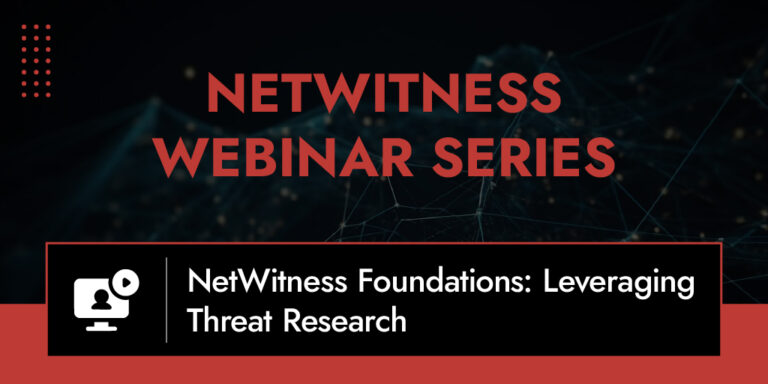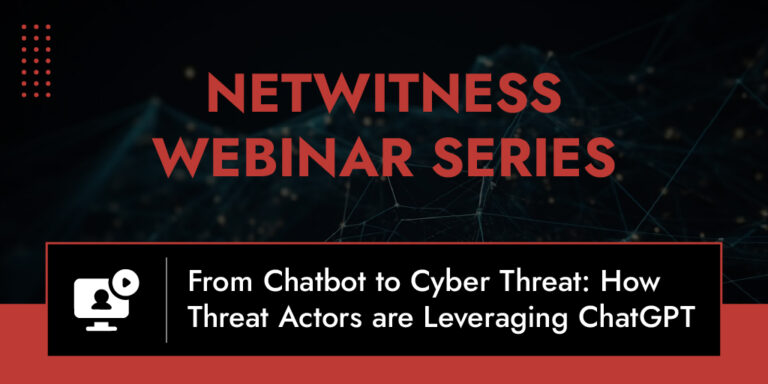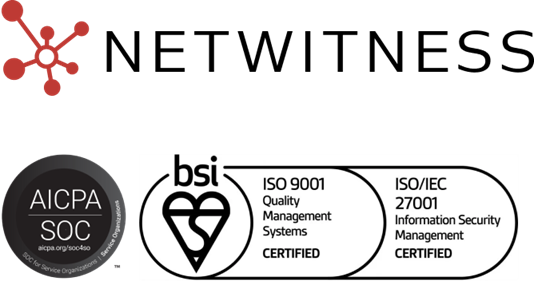What is Secure Remote Access?
Secure remote access encompasses the security measures, policies, and technologies organizations implement to enable employees to safely connect to corporate networks, applications, and resources from locations outside the traditional office environment. This approach provides remote computer access and remote desktop access capabilities while maintaining high security standards through authentication, encryption, and access controls.
Implementing effective secure remote access solutions through appropriate remote access methods enables organizations to support hybrid workforces, maintain productivity, and protect sensitive data against unauthorized access and cyber threats.
Synonyms
- Remote Desktop Protocol (RDP)
- Virtual Private Network (VPN)
- Multi-Factor Authentication (MFA)
- Zero Trust Network Access (ZTNA)
- Secure Shell (SSH)
- Network Access Control (NAC)
Why Secure Remote Access Matters
Failing to implement robust remote access security can result in data breaches, unauthorized network access, malware infections, and compliance violations. Key reasons secure remote access software is essential include:
- Workforce Productivity: Enabling remote and hybrid employees to access necessary resources and applications from any location while maintaining business continuity.
- Data Protection: Safeguarding sensitive corporate information by implementing controlled, encrypted connections that prevent unauthorized access and data exfiltration.
- Attack Surface Reduction: Minimizing security risks by limiting network exposure and implementing granular access controls rather than broad network connectivity.
- Compliance Support: Meeting regulatory requirements for data protection and privacy by preventing unauthorized access and maintaining audit trails of remote activities.
Effectively implementing remote access solutions ensures organizations can support distributed workforces while maintaining strong security postures against evolving cyber threats.
How Secure Remote Access Works
Remote access services typically employ multiple security layers:
- Authentication and Authorization: Verifying user identities through multi-factor authentication and determining appropriate access levels based on roles and privileges.
- Encrypted Connectivity: Establishing secure tunnels or connections between remote devices and corporate resources using encryption protocols to protect data in transit.
- Access Control Enforcement: Implementing policies that grant users access only to specific applications and resources they’re authorized to use rather than entire networks.
- Session Monitoring: Tracking remote access activities in real-time to detect anomalous behavior and potential security incidents.
- Continuous Verification: Regularly re-authenticating users and validating device security posture throughout remote sessions rather than one-time authentication.
Types of Secure Remote Access Methods
- Virtual Private Network (VPN): Traditional remote access method creating encrypted tunnels between remote users and corporate networks, though often providing excessive network access.
- Zero Trust Network Access (ZTNA): Modern approach providing application-level access based on identity and context without exposing entire networks to remote users.
- Remote Desktop Protocol (RDP): Enabling users to control and interact with remote computers as if physically present at those machines.
- Privileged Access Management (PAM): Specialized solutions for controlling and monitoring elevated access to critical systems and sensitive resources.
Best Practices for Secure Remote Access
- Implement Multi-Factor Authentication: Require multiple forms of identity verification to prevent unauthorized access through compromised credentials.
- Apply Least Privilege Access: Grant users access only to specific applications and resources needed for their roles rather than broad network connectivity.
- Deploy Modern Solutions: Transition from legacy VPN technologies to Zero Trust Network Access frameworks that reduce attack surfaces and improve security.
- Monitor Remote Sessions: Continuously track remote access activities to detect suspicious behavior and respond quickly to potential security incidents.
- Maintain Device Security: Ensure remote devices meet security standards including updated software, endpoint protection, and proper configurations.
Related Terms & Synonyms
- Remote Desktop Protocol (RDP): Protocol enabling remote control of computers and servers through graphical interfaces.
- Virtual Private Network (VPN): Technology creating encrypted network connections between remote users and corporate infrastructure.
- Multi-Factor Authentication (MFA): Security method requiring multiple forms of identity verification before granting access to systems.
- Zero Trust Network Access (ZTNA): Modern security framework providing application-level access based on identity without exposing networks.
- Secure Shell (SSH): Protocol providing secure command-line access to remote systems through encrypted connections.
- Network Access Control (NAC): Technologies enforcing security policies on devices attempting to connect to networks.
People Also Ask
1. What is remote access?
Remote access is the capability for users to connect to and interact with computer systems, networks, applications, and resources from locations outside the physical office environment, enabling work from home, travel, or other remote locations.
2. What is remote access service?
Remote access service is a technology or platform that enables users to establish secure connections to corporate networks and resources from remote locations, typically including authentication, encryption, and access control capabilities.
3. What is a remote access code?
A remote access code is a temporary authentication credential, such as a one-time password or PIN, used to verify user identity when establishing remote connections to systems, often used in multi-factor authentication implementations.
4. What is remote device?
A remote device is any endpoint equipment such as laptops, smartphones, or tablets that users employ to connect to corporate networks and applications from locations outside the traditional office environment.




